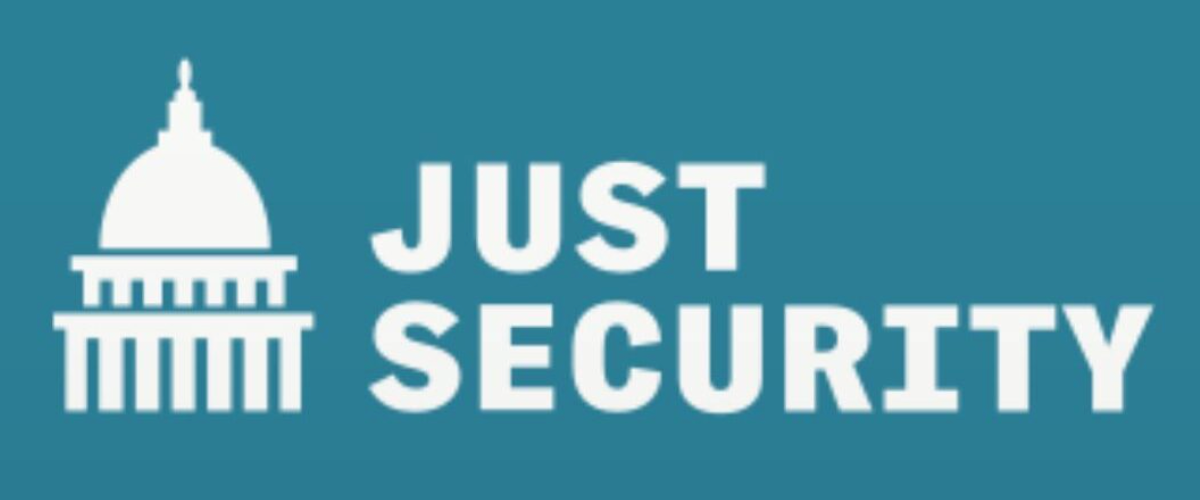 After months of ratcheting up its nuclear activities while negotiations remain stalled, Iran took a small, limited step toward deescalation in May. Iran’s recent willingness to work with the International Atomic Energy Agency (IAEA) to increase transparency on its nuclear program could help open diplomatic space for additional steps toward decreasing tensions and rolling back Iran’s nuclear advances. The United States should take advantage of this limited window, given the growing risk posed by Iran’s nuclear program and the lack of progress in restoring the Joint Comprehensive Plan of Action (JCPOA).
After months of ratcheting up its nuclear activities while negotiations remain stalled, Iran took a small, limited step toward deescalation in May. Iran’s recent willingness to work with the International Atomic Energy Agency (IAEA) to increase transparency on its nuclear program could help open diplomatic space for additional steps toward decreasing tensions and rolling back Iran’s nuclear advances. The United States should take advantage of this limited window, given the growing risk posed by Iran’s nuclear program and the lack of progress in restoring the Joint Comprehensive Plan of Action (JCPOA).
The IAEA noted in a May 31 report that Iran finally began to follow through on a commitment it made as part of a March 4 agreement to voluntarily increase monitoring of its nuclear program. But the delay in implementation and differing interpretations from the agency and Tehran over the scope of transparency commitments cast doubt on whether Iran intended to follow through. IAEA Director General Rafael Mariano Grossi told the agency’s Board of Governors on June 5 that Iran’s actions represent a “fraction” of what is necessary to implement the March 4 agreement, but noted there are benefits to the steps Tehran has taken.
Specifically, the IAEA installed enrichment monitoring devices at the Fordow uranium enrichment facility and the area of the Natanz enrichment complex where Iran is producing 60 percent enriched uranium, a level just shy of weapons-grade (90 percent). Grossi said the monitors will allow the IAEA to “detect more rapidly any variations in enrichment levels.”
Read the full op-ed, published June 13, 2023, in Just Security.
